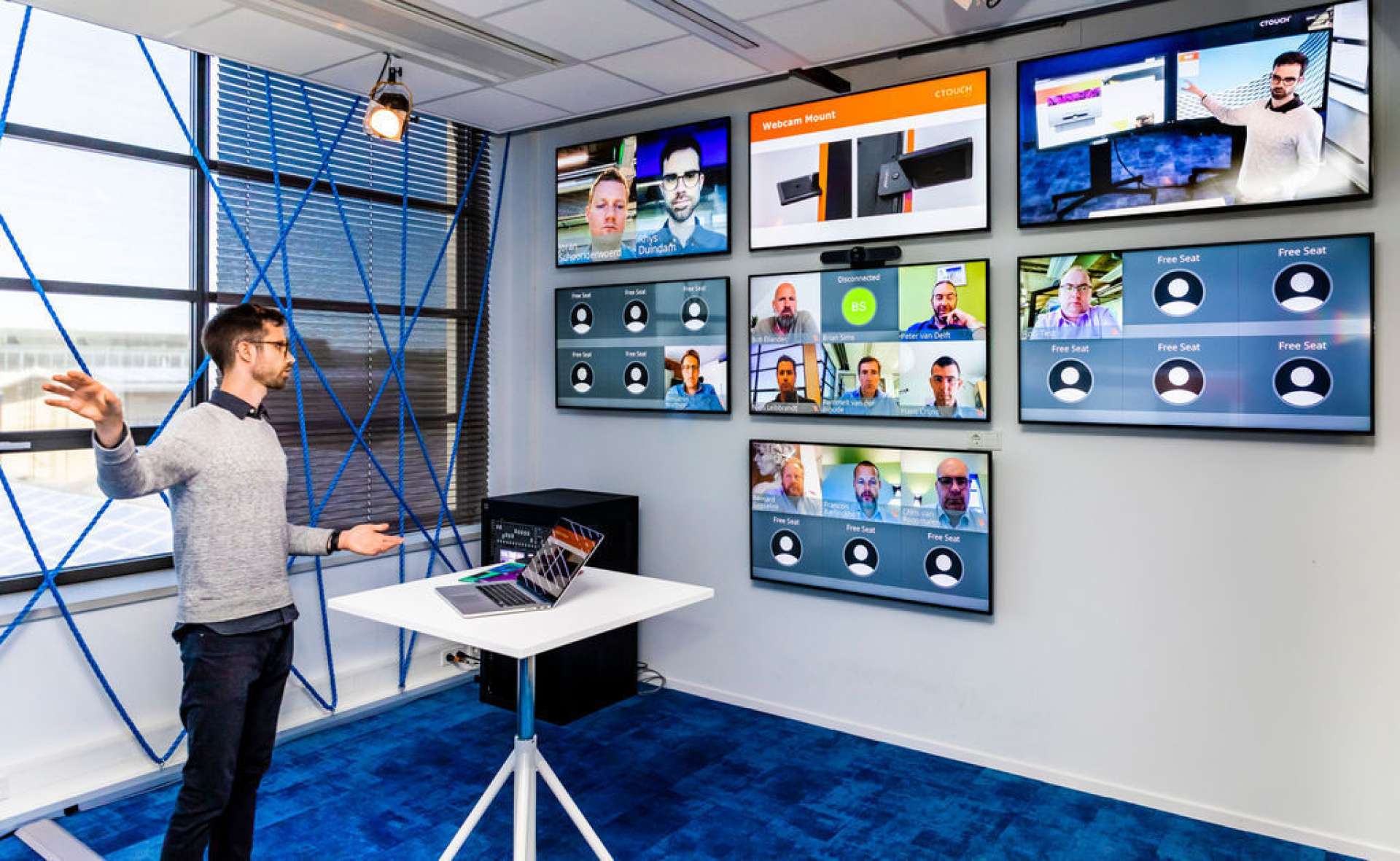Having a crystal ball would have been very useful last year, don't you think? Who would have thought that the world would change completely? Just like that. Out of nowhere. Because of the rapid developments and the current pandemic, you (and we too) suddenly had to change our way of living and working. Working in a different, unfamiliar and new way. At any time and in any location. The way we worked together has changed at a rapid pace. The office was and is no longer obvious. And traditional education has switched to online education. No full classrooms or lecture halls. 2020 can be called a unique year. Together, we look back on the past year and look ahead, to the future.
The future of education
Digitisation is a serious trend that has changed (higher)education. A few weeks ago, we wrote a blog about this. It is still said that education is outdated and does not keep up with the times at all. A big mistake! The past year has shown that education, in particular, is extremely flexible. From one day to the next, education switched to online education without hesitating. From traditional classrooms and lecture halls to blended learning, hybrid learning and virtual classrooms.
As a teacher, do you want to be prepared for the coming year (yes, you do)? Don't worry, you're not on your own. After reading the following whitepaper, you will be totally up to speed. In this crash course, you will read of the changes that lie ahead and what you need to think about before diving headfirst into a new trend.
Whitepaper future of higher education
The future of the workplace
A lot has also changed in the workplace. The new way of working has become normal at an unprecedented rate. For those who can still remember, more than a year ago, we were all still in the office, like we were used to. Six-foot society? We had never heard of it. Or having the six-foot rule at the office? Huh? Why would you have that? Until corona turned everything totally upside down.
Meanwhile, working flexible has become a necessity. Whether we want it or not (most people don't want it any other way, though). Fortunately, the technological possibilities in the new normal are endless. Not only to make remote collaboration possible but above all to make it easy and keep distributed teams together. For example, Microsoft Teams, one of the most widely used video conferencing programmes, has grown from 44 million daily users (at the end of March) to more than 115 million daily users. These are figures that Bill Gates and Paul Allen are happy to show at home! 😉
Thanks to all these technological developments, we are gradually getting closer to the ideal normal: a situation in which we can work remotely just as comfortably, efficiently and safely as in the office. Would you like to know everything about the new normal? Or rather, the ideal normal? Subscribe to our newsletter, follow us on social media and check the whitepaper below!
